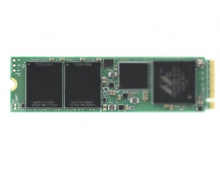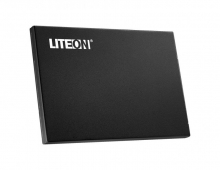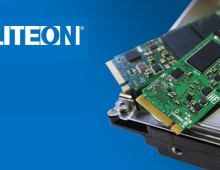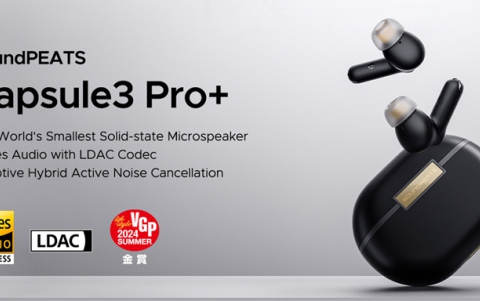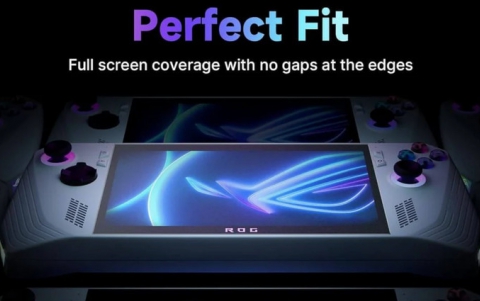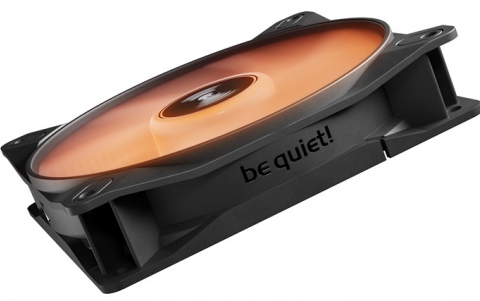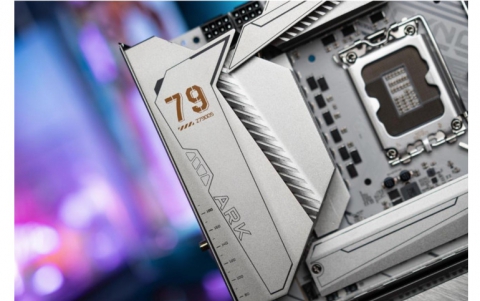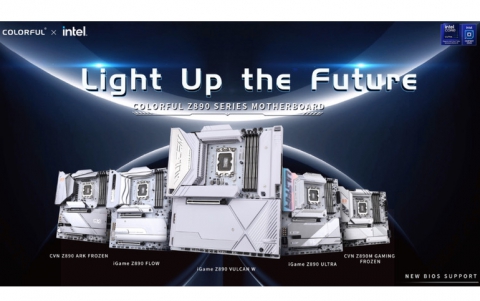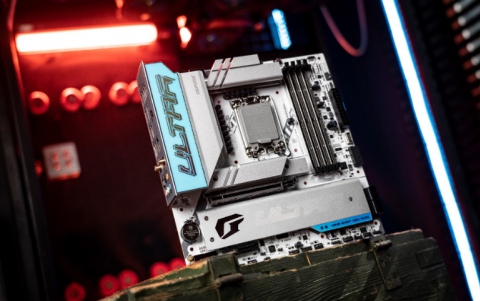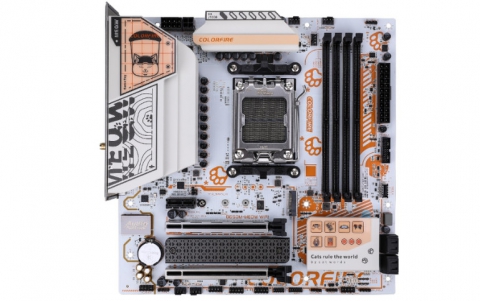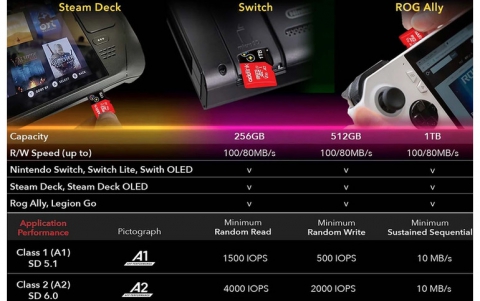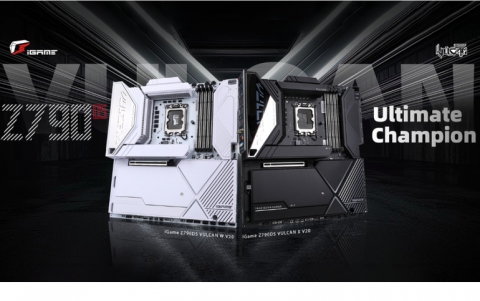LiteOn SDW-431S
2. Data CD Reading Tests
Review Pages
2. Data CD Reading Tests
3. CD Error Correction Tests
4. DVD reading tests
5. DVD Error Correction Tests
6. Protected Disc Tests
7. DAE Tests
8. CD Recording Tests
9. 3T Jitter Tests
10. C1 / C2 Error Measurements
11. DVD Recording Tests
12. KProbe PI/PO quality tests
13. Bitsetting Tests
14. Conclusion
LiteOn Slimtype SDW-431SX - Page 2
Data CD Reading Tests
In order to test the reading performance of the LiteOn drive, we used the latest version of NeroCDSpeed with different CD media formats.- Pressed CD results (Click for CDSpeed results)
To check the reading performance of the LiteOn with pressed CD media, we used NeroCDSpeed and a data pressed disc.
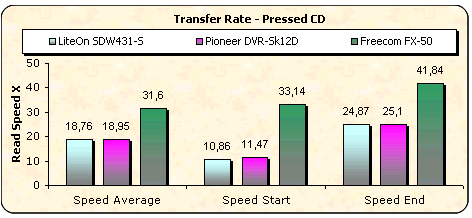
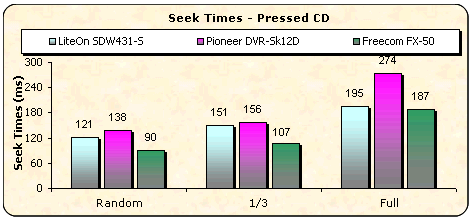
The reading performance of the external Slimtype LiteOn SDW431-S was quite acceptable, managing to reach and slightly surpass the 24X maximum reading speed as stated in the manufacturer' s specifications, with CAV strategy. The seek times test graph showed that the drive was fast but not the fastest of the comparison.
- CD-R results (Click for CDSpeed results)
To check the reading performance of LiteOn with CDR media, we used NeroCDSpeed and a clone of the previous tested pressed media.
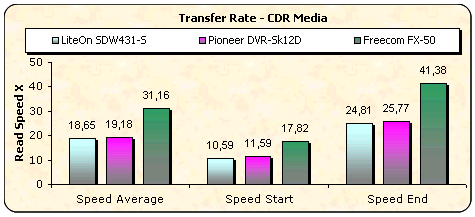
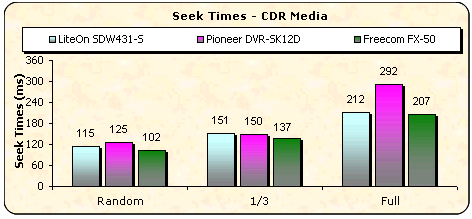
With results very similar to those with the pressed disc, the reading test with CD-R media finished with an end speed of 24.81X and quite fast seek times.
- ReWritable Media (Click for CDSpeed results)
To check the reading performance of the LiteOn with HS-RW media, we used NeroCDSpeed and a HSRW disc from Mitsubishi Chemicals.

The reading performance of the LiteOn with CD-RW media was again very similar to the results of previously tested media of the CD family. CAV reading strategy and end speed at 24.06X were the results that NeroCDSpeed reported.
Review Pages
2. Data CD Reading Tests
3. CD Error Correction Tests
4. DVD reading tests
5. DVD Error Correction Tests
6. Protected Disc Tests
7. DAE Tests
8. CD Recording Tests
9. 3T Jitter Tests
10. C1 / C2 Error Measurements
11. DVD Recording Tests
12. KProbe PI/PO quality tests
13. Bitsetting Tests
14. Conclusion


